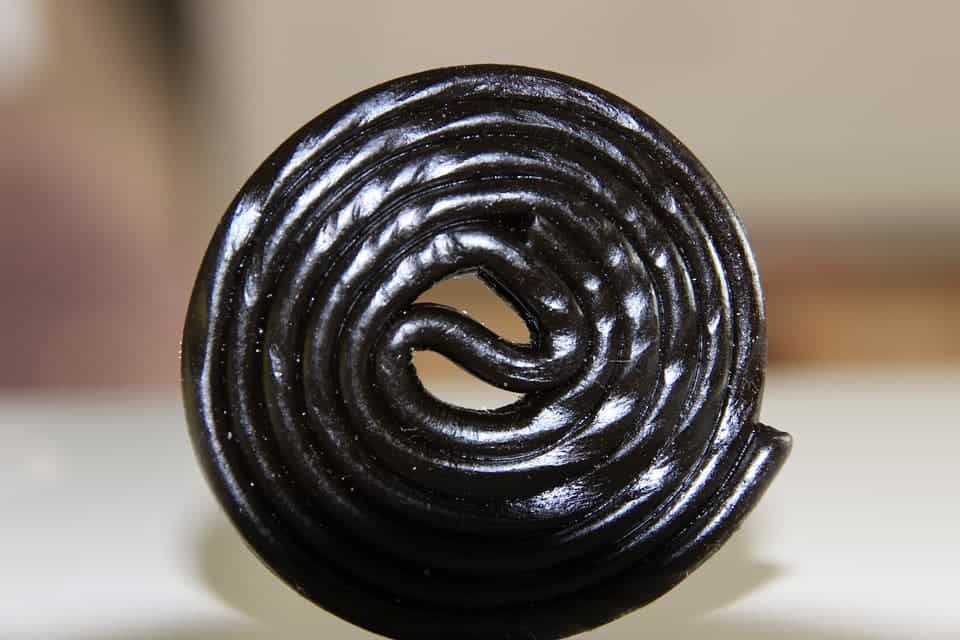
This Halloween, the FDA issued a public announcement urging citizens not to overindulge in black licorice. Along with candy corn, black licorice is one of America’s favorite Halloween treats. Few people, however, are aware that too much black licorice can be dangerous for your health and could even be potentially fatal in some extreme cases.
“If you’re 40 or older, eating 2 ounces of black licorice a day for at least two weeks could land you in the hospital with an irregular heart rhythm or arrhythmia,” the FDA wrote.
Black licorice contains glycyrrhizin, a chemical compound derived from licorice root — a low-growing shrub that is found mostly in Greece, Turkey, and Asia — which makes the treat deliciously sweet. Glycyrrhizin also causes potassium levels in the body to drop fast, especially if you ingest it excessively.
Potassium is a key component in muscle contractions, used to jump-start the whole process. So when it’s low, the heart can start beating in abnormal rhythms and can even fail. Blood pressure rises and the muscles weaken.
As outlined by the FDA, the health risks of eating too much black licorice (2 ounces/day for at least two weeks) are particularly high for those age 40 or older. But that doesn’t mean youngsters are all clear, doctors warn.
Black licorice isn’t necessarily bad when consumed in moderation. In fact, it might even have therapeutic effects in some situations. There is scientific evidence that suggests rubbing black licorice on the skin can relieve eczema or heartburn when eaten. There are also claims that black licorice can treat stomach ulcers, bronchitis, sore throat, cough and some infections caused by viruses, such as hepatitis, but the scientific evidence published so far is inconclusive. Black licorice can interact with some medications, herbs and dietary supplements, so check with your doctor before eating the sweet treat.
In any event, if you’re one of those weird people who love licorice, just be careful and don’t eat large amounts of black licorice at one time.


